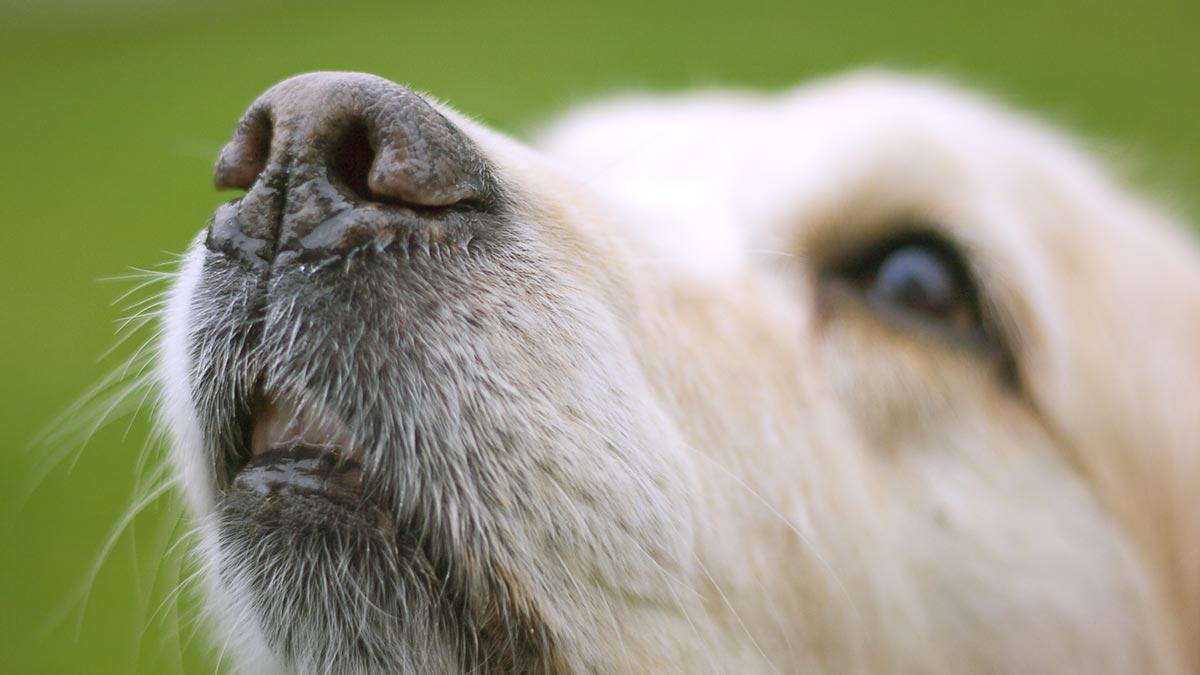
During spring and summer, bees begin buzzing around looking for food and could cause trouble for your inquisitive pup. Dogs like to chase bees and bat at them with their paws or snap at them with their teeth, all of which can result in a painful bee sting.
Don't worry. If your dog has been stung by a bee, there's usually no need to panic, and you'll just stress your dog out. Although a bee sting is painful, it’s typically not life-threatening. Your dog might experience some redness and swelling around the site, but doggos are generally tough. Some might become irritable or aggressive after being stung, but that just stems from the shock and pain of the sting.
If the sting seems to be more than shock and pain, you'll need to seek immediate treatment from a Laveen Veterinarian, especially if your pupper starts experiencing any unusual symptoms, such as:
- Breathing Difficulties
- Persistent Vomiting
- Swelling In Their Mouth
- Drooling
These could be a sign of something more serious, such as an allergic reaction. Your dog may not show any signs when first stung. It usually takes approximately 20 minutes for a reaction to occur but can be delayed for hours.
If your fur baby isn't experiencing any of the unusual symptoms listed above, then the treatment for a bee sting consists of:
Staying Calm - Maintaining your calm will help ease your pup's stress and anxiety. You can't effectively treat a dog in distress.
Carefully Removing The Stinger - If you can see the stinger, carefully remove it with a pair of tweezers or scrape it out with something made of hard material, like a credit card, for example.
Bathe The Area In Water - Cleaning the bee sting site will help remove any dirt that could cause an infection.
Applying An Ice Pack - Putting ice on the site of the sting will help relieve any swelling and soothe the area.
Calling Your Vet - If your doggo isn't having a serious allergic reaction, you can still call your veterinarian and ask if you should give your dog a dose of oral antihistamine.
What If You're Not Sure Your Dog Was Stung?
If you weren't around when your dog was injured and you're not sure they were stung by a bee, here are some symptoms of a dog bee sting:
- If stung on a paw, they hold it up
- Whining
- Limping
- Biting at the sting site
- Drooling
- Pawing at the face or mouth
- Swelling of the area
- Hives
If your dog exhibits any of these signs, call a vet immediately.
How To Prevent A Bee Sting
When you and your dog are outside, keep watch for areas that have flowers bees are attracted to, beehives, or swarms of bees. Keeping your fur baby away from areas with active bees or hornets will help prevent any potential stings. Remember, one bee sting isn't usually life-threatening, but multiple stings can be lethal. So, keep your dog away from any areas where bees and hornets usually have a hive, such as:
- Under porches
- Shrubbery
- Sheds
- Barns
- Etc.
Be sure to watch out for more than just a bee sting; a wasp sting can be even more dangerous. A wasp can cause a nasty sting and not just a single sting. A bee can only sting once, but a wasp or hornet sting can happen multiple times.
Insect stings aren't anyone's idea of a good time, neither humans nor dogs, but prompt treatment can help minimize any pain or trauma and allow your dog to enjoy beautiful summer days with little concern about bees or any other stinging insect.


